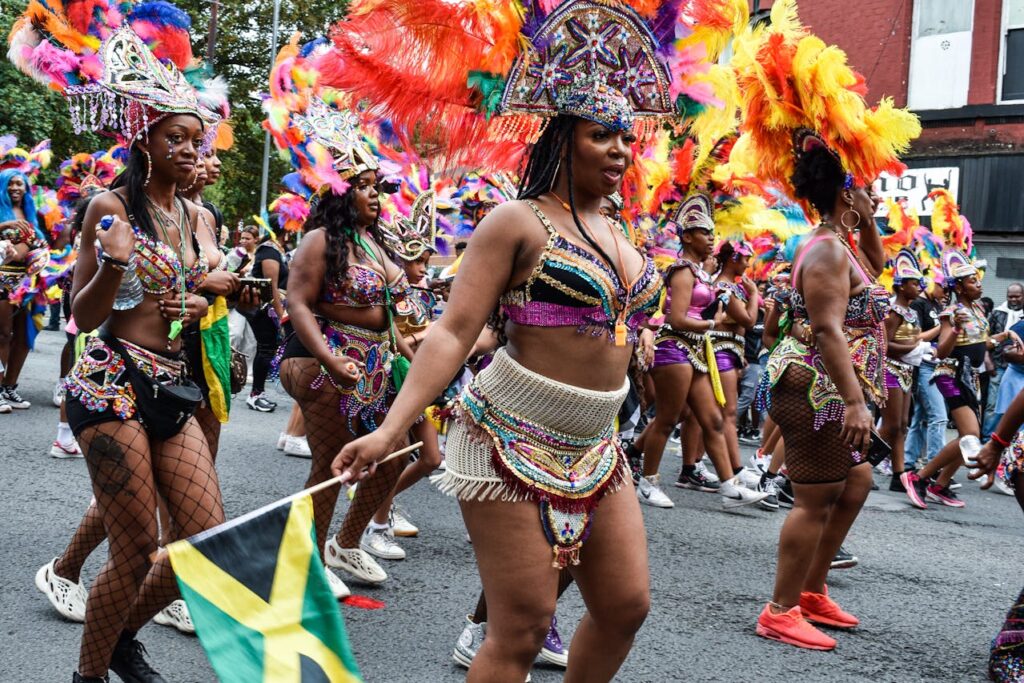|
Getting your Trinity Audio player ready...
|
The West Indian American Day Parade returned to Brooklyn this Labor Day with its trademark energy, colorful floats, thundering music, and crowds in the hundreds of thousands lining Eastern Parkway. But beneath the spectacle of Caribbean pride, the event once again revealed its darker side. What should be a celebration of culture has increasingly become a playground for gangs and criminals looking to settle scores, putting innocent lives directly in harm’s way.
Despite the New York Police Department mounting its largest deployment of the year, with drones, helicopters, barricades, and thirteen security checkpoints, the violence still spilled into the evening. Once the parade ended and crowds began to disperse, six people were shot and another slashed in Crown Heights. While most victims are expected to recover, the message was chillingly familiar: the festival remains fertile ground for vendettas disguised as festivity.
This is not a new problem. In 2024, one man was killed and four others wounded in a targeted mass shooting. In 2023, there was an accidental self-inflicted gunshot alongside additional shootings and stabbings. Even in years with fewer incidents, like 2022, the heavy security presence underscored how much danger lurks beneath the pageantry. Law enforcement consistently announces preventative measures, but the follow-through often falls short. Barricades and bag checks create an image of control, yet when violence breaks out, the response feels more reactive than preventative.
For many attendees, the tension is palpable. Families arrive expecting to celebrate their heritage only to find themselves caught in a battleground where disputes are carried out in full public view. Each year, questions are raised: are the measures symbolic rather than truly effective? Why does violence at this parade remain a recurring headline while other large-scale NYC events, like New Year’s Eve in Times Square, manage to avoid the same level of bloodshed?
Yet amid the chaos, not all was overshadowed. The Haitian float was one of the brightest moments of the day, showcasing the powerful presence of Mecca, also known as Grimo, alongside celebrated bands T-Vice and Ekip. Their performances drew massive applause, proving that the heartbeat of the parade, its music and artistry, still carries on in defiance of the violence that surrounds it. For spectators, those moments were reminders of what the festival is meant to be, a space of pride, unity, and celebration.
Still, as the city counts another year of injuries and trauma tied to the event, the question grows louder: how long will the West Indian Day Parade remain a cultural celebration shadowed by violence? Until security measures are more than cosmetic, and until gangs stop treating the streets of Brooklyn as a venue for vendettas, the very identity of the festival risks being defined less by its music and heritage and more by the blood it spills.

